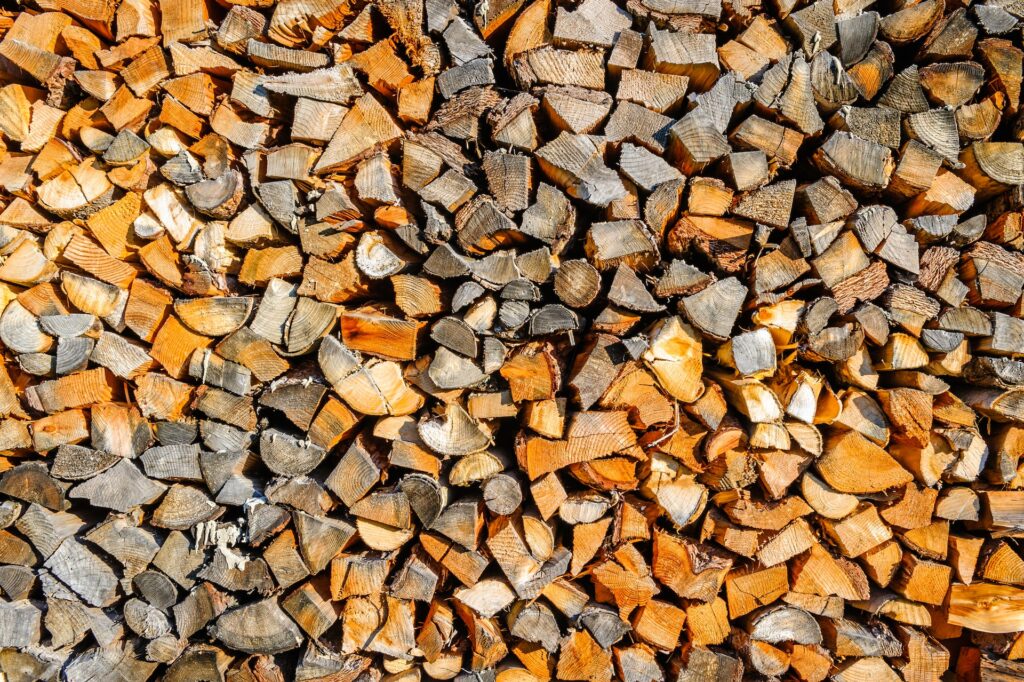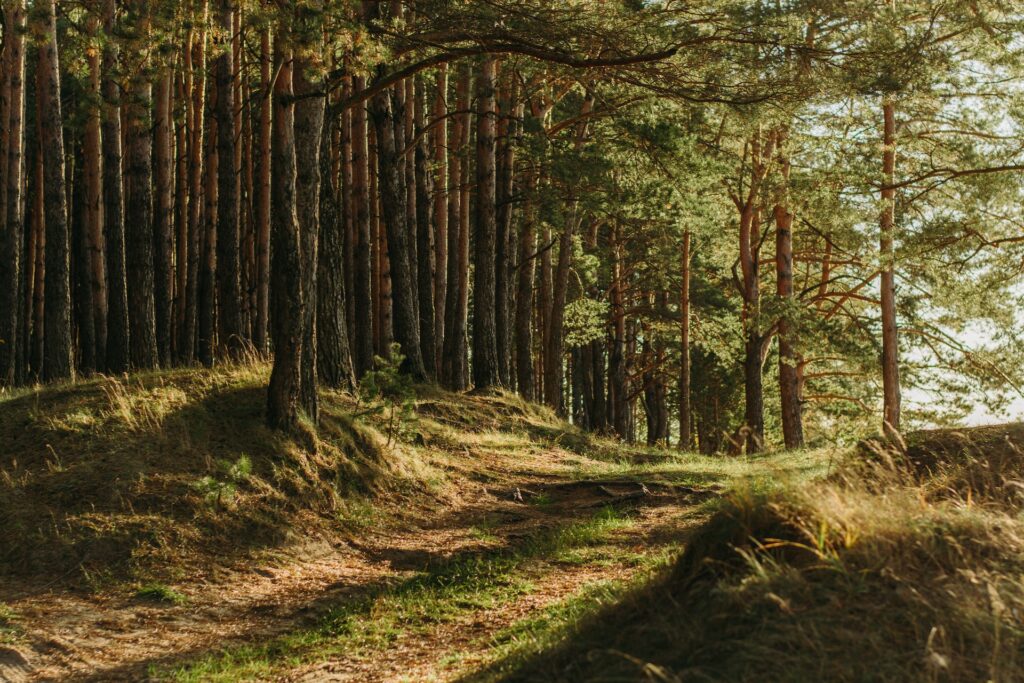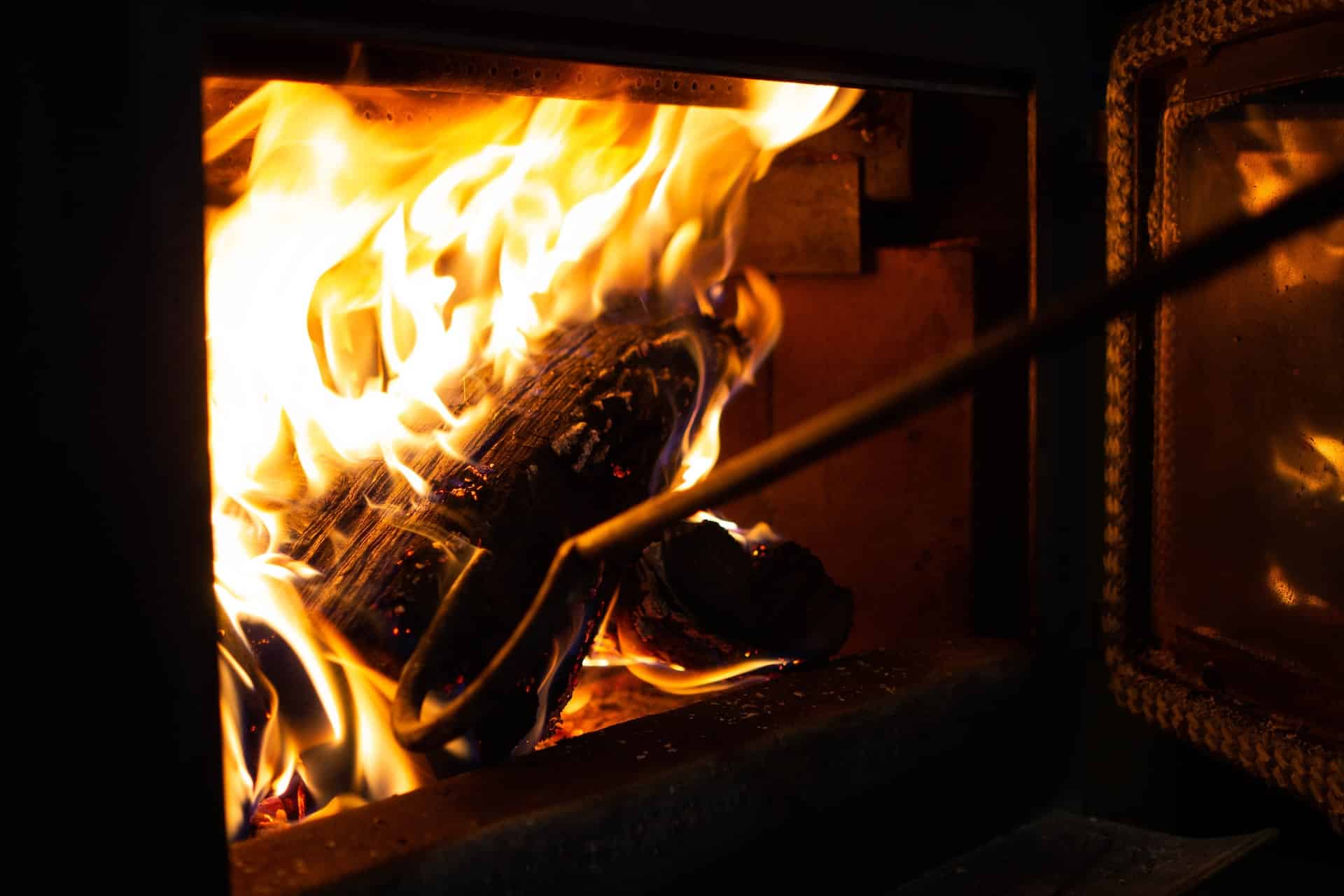When we made the decision to establish D&T Camp One in Placerville, we knew that we had a lot to learn. We’d spent plenty of time outside and hanging around rural areas. This we enjoyed.
But living in such a place would be different.
We talked to people who live far from cities and urban amenities. We learned a few things about the right questions to ask when looking for property, but there’s just no way to learn everything up front. Among the things we knew very little about was the use of a wood stove.
Utilities are expensive in the country. We’re on propane and filling up our tank can cost in the neighborhood of $1000. We can count on filling that up about twice/year to run the kitchen stove and to power our generator in the event of an outage (frequent between falling trees and summer blackouts). We would spend considerably more if we relied upon our propane to heat our home.
This is where the wood stove comes in.
A modern wood stove is a marvel of engineering, capable of generating heat in excess of 1000 degrees fahrenheit. Getting a hot fire going is essential to maximize the efficiency of the stove, which is capable of both primary and secondary combustion. Not only is the wood burned, but also the gases released. It’s an amazing thing when operated correctly, resulting in a wonderfully hot and clean burn without any smoke leaving the chimney.
Camp One is located on seven acres of mixed conifer forest. Out here it’s mostly several varieties of pine, a few oak trees, and some manzanita and madrone, both with showy berries for some welcome color. In theory, we have all the fuel we need to keep our stove burning.
But firewood requires prep time. And this is the first lesson from our wood stove.
We moved in toward the end of fall, just before the cold, wet weather set in. A hot fire requires dry wood. The process of drying wood is called “seasoning,” and it involves felling and chopping trees into small pieces. These pieces are then split open to expose as much surface area as possible to the sunshine for as long as is necessary to reduce the moisture content to less than 20%.
This takes months if not years.

We did not have the opportunity to chop and split the numerous felled logs on our property. There was a bit of seasoned pine remaining from last winter, enough to get us by for a few weeks, but we would have to purchase firewood to get through this first year.
Not all wood is alike. This was our second lesson. Pine burns fast and dirty. A resinous softwood, it takes a lot of pine to keep a stove going. Oak is a hardwood, slow to start but it stays hot for hours. Both of these will gum up a chimney with soot and a tarry residue called creosote if not allowed to get up to temperature.
And that’s the third lesson. A wood stove needs to be maintained.
After setting off the fire alarms multiple times and choking the family and cats with clouds of smoke, we had the chimney sweep come out to get us started and give us some pointers. It’s OK to get your fire started with pine, he said, but oak is the way to keep it hot through the night. Regulate airflow with the damper. More air means more heat, but you’ll burn through your wood in a hurry. If you cut off the air completely, your fire will cool to a dirty glow, build up soot, and foul your chimney.
To keep your home warm, you need to find the balance between rage and smolder.
Months of sitting in front of the firebox and poking at logs got me thinking about relationships. The simple metaphor is to link fire to romance, but the lessons of the wood stove extend beyond our most passionate partnerships.

Like trees in a forest, not all people are the same. We share enough common characteristics to recognize one another, but what we initially encounter is hardly the full story. It takes time for the weather to bring out the grain.
And once we’ve decided that what has been exposed continues to have value, we must make a commitment to maintain and prolong that value with regular investments of our resources and energy.
But not too much and not too little. The privilege of good company requires some balance.
Pine and oak are mute, but consistent enough that others can tell you about them. This doesn’t work for people, and we each have an obligation to cultivate enough self-awareness to communicate effectively about who we are and what we need.
O people! We have created you all, male and female, and have made you into nations and tribes so that you would recognize one another.
Q49:13
Life is cold without the blessing of good company.
And good company is snuffed for lack of maintenance.
There is undoubtedly more to learn, but for now our wood stove is rather insistent on these points.
Wishing you warmth!
Leave a comment below for posterity or join us in the D&T Chautaqua Discord to discuss this post with other adventurous spirits from around the world.

Amazing brother. I pray your wood stove continue ri kept you both warm where it’s just Right